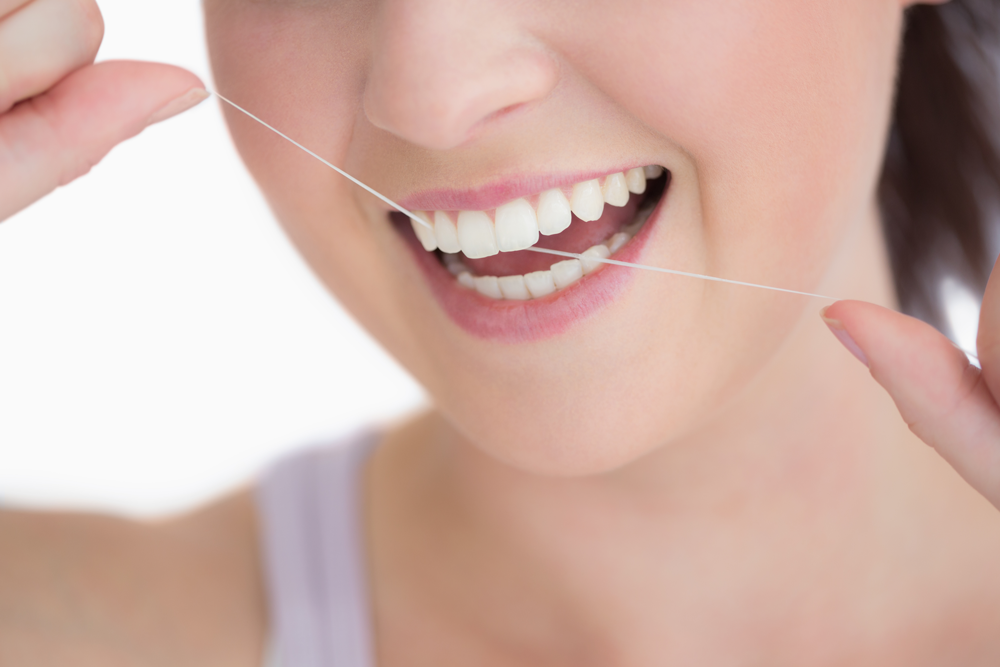The American Dental Association recommends flossing your teeth daily. Using floss to clean the hard to reach areas around your teeth and gums can prevent gum disease and cavities. But how should you be flossing? Here’s an in-depth look at proper flossing techniques and some answers to questions you may have.
What type of floss should I be using?
Most dental flosses available to buy at drug stores or grocery stores have been approved by the American Dental Association. The type you need depends on personal preference. If you have sensitive teeth or gums, you may want to look for dental floss with words like “gentle” or “sensitive” on the label. These are usually coated in wax and are made of softer materials to feel less invasive with use. If you prefer flavored floss, there are plenty of varieties available with mint or even cinnamon tastes. Try a few different kinds of dental floss to decide which one works best for you.
How Should I Floss?
Here are the necessary steps for flossing:
- Wrap about 18 inches of floss around your middle fingers. As you’re pinching the floss between your thumb and index fingers, create about a 2-inch length between them. Use your thumbs to floss between your upper teeth and your index fingers for the lower teeth.
- Use a zig-zag motion with your hands to gently glide the floss in between your teeth. Be sure to get up and down across the tooth as well as the gumline.
- Use a clean section of floss from the length you’re holding with each tooth.
Remember that flossing is a part of regular dental care, as well as seeing your dentist regularly for check-ups and cleanings. Make an appointment with Dr. Zola Makrauer or Dr. Julie Miller of Huntingdon Valley Dental Arts today. And don’t forget to floss!
